Sir Sidney Nolan AC OM CBE (1917–1992) was one of the most original and inventive Australian artists of the postwar decades, and one of few Australian artists to achieve an international reputation in the twentieth century. Born in Melbourne, Nolan studied at the National Gallery of Victoria's School of Art in 1934 and 1936. Beginning his career as a commercial artist in the 1930s, from 1938 he became associated with the modernist art patrons John and Sunday Reed at their homestead, Heide, in Heidelberg, Victoria. Nolan mounted his first solo exhibition in 1940, and two years later was conscripted into the army, serving as an army storeman in the Wimmera. Between 1946 and 1947 he made the enormously complex series of paintings of Ned Kelly for which he is best known. From 1951 Nolan lived abroad, but returned to Australia at regular intervals. He continued to explore Australian themes and landscapes in paintings of Burke and Wills, Eliza Fraser, Gallipoli and the Eureka rebellion, and in his huge masterpiece Riverbend (1965). Knighted in 1981, Nolan was awarded the Order of Merit in 1983. He was also made a Companion of the Order of Australia, elected an honorary member of the American Academy of Arts and Letters and a member of The Royal Academy of Arts. A major exhibition of Nolan's work, Sidney Nolan: A New Retrospective, held at the Art Gallery of NSW and the National Gallery of Victoria in 2007–2008, brought together more than 100 of his works.
Sir Robert Helpmann CBE (1909–1986) was a dancer, actor and choreographer. The son of a sheep farmer and a frustrated actress, Helpmann grew up in Mount Gambier, South Australia. At the age of eleven he made his stage debut, dressed in a tutu, at a charity concert in front of Dame Nellie Melba. Soon after he joined Anna Pavlova's touring company and went to England where by 1934 he was lead male dancer at the Vic-Wells Ballet (later Sadler's Wells). There, he formed a celebrated partnership with Dame Margot Fonteyn. Renowned for his dramatic and innovative ballet choreography, Helpmann was co-director and then director of The Australian Ballet from 1965 to 1976; during this period, in 1965, he was Australian of the Year. He appeared in twelve films, including The Red Shoes, which he also choreographed. Renowned for flamboyance and wit, at the age of 60 he performed as Dr Coppélius in The Australian Ballet's Coppélia and he was still dancing two months before his death in the role of the Red King in Checkmate.
Collection: National Portrait Gallery
Purchased 1999
© Robert McFarlane/Copyright Agency, 2024
Robert McFarlane (age 22 in 1964)
Sidney Nolan (age 47 in 1964)
Sir Robert Helpmann CBE (age 55 in 1964)



On one level The Companion talks about the most famous and frontline Australians, but on another it tells us about ourselves.
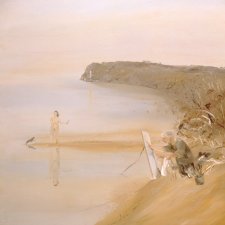
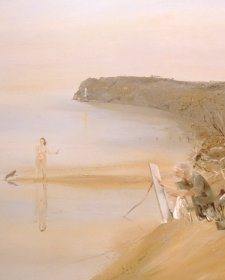
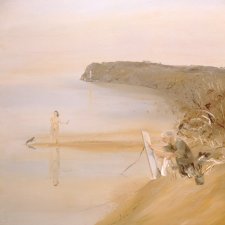
Works by Arthur Boyd and Sidney Nolan bring the desert, the misty seashore and the hot Monaro plains to exhibition Open Air: Portraits in the landscape.
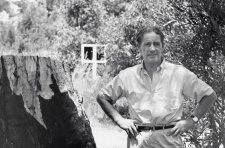

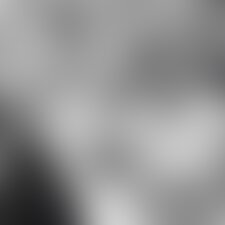
The complex connections between four creative Australians; Patrick White, Sidney Nolan, Robert Helpmann and Peter Sculthorpe.